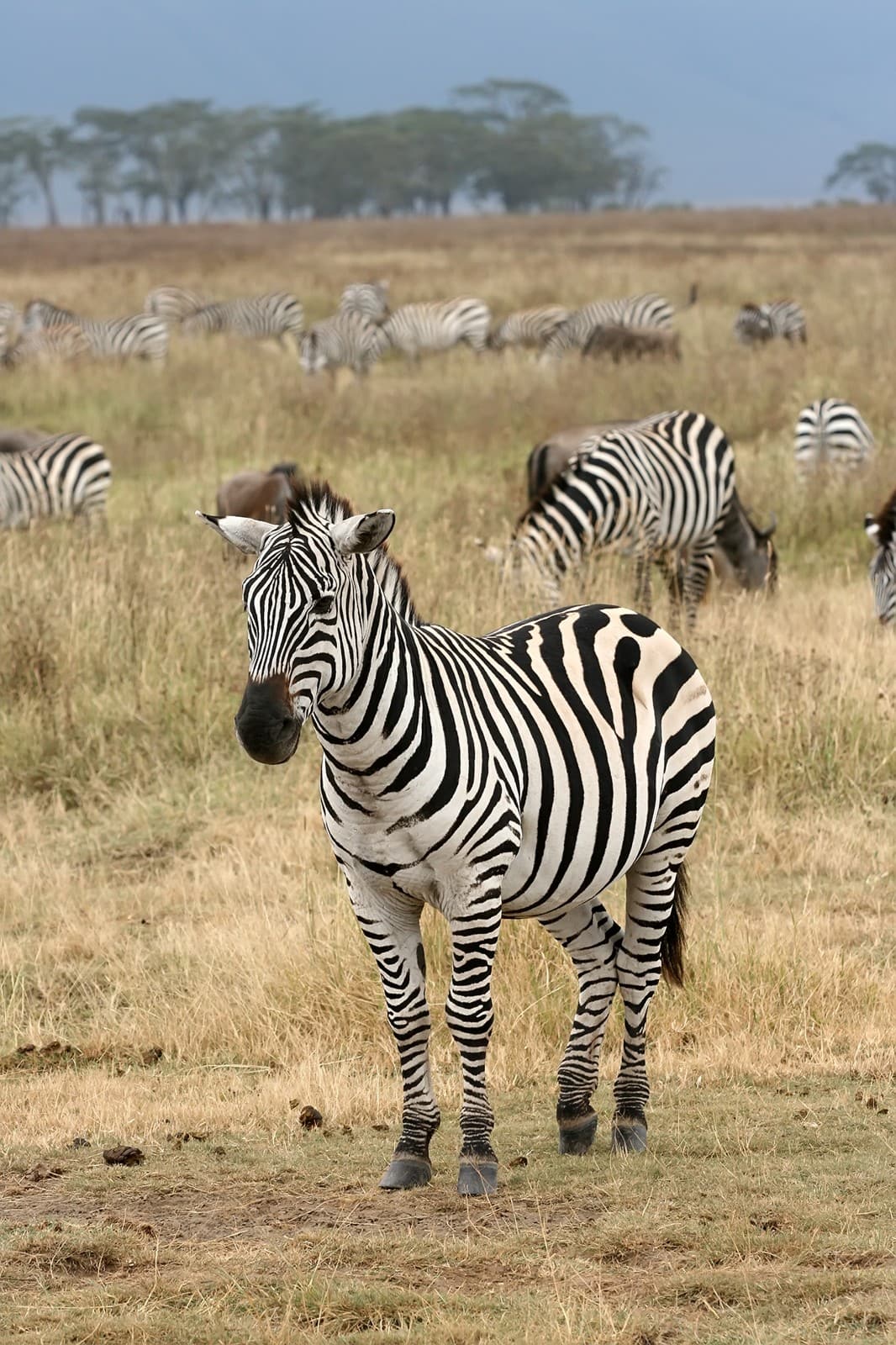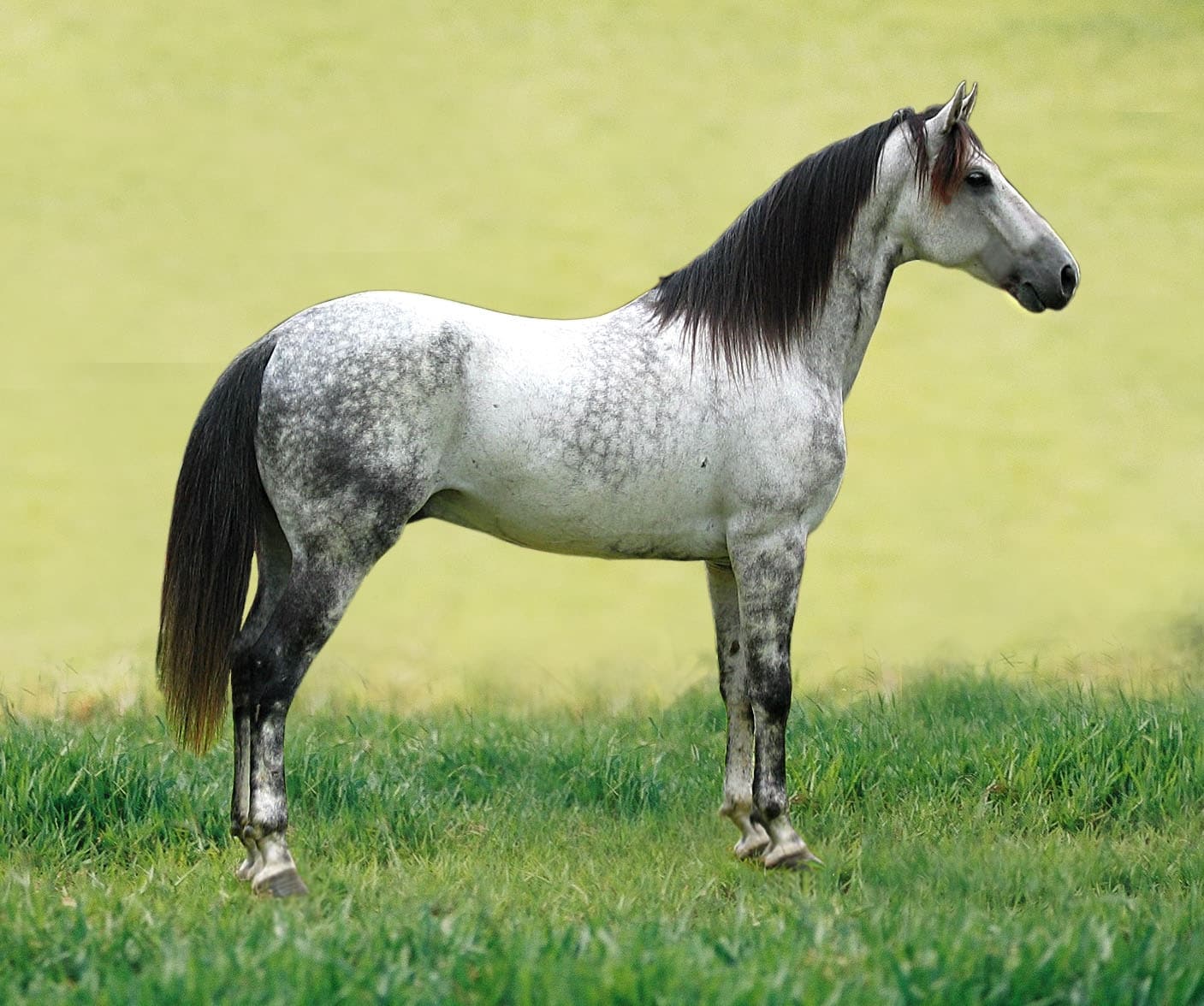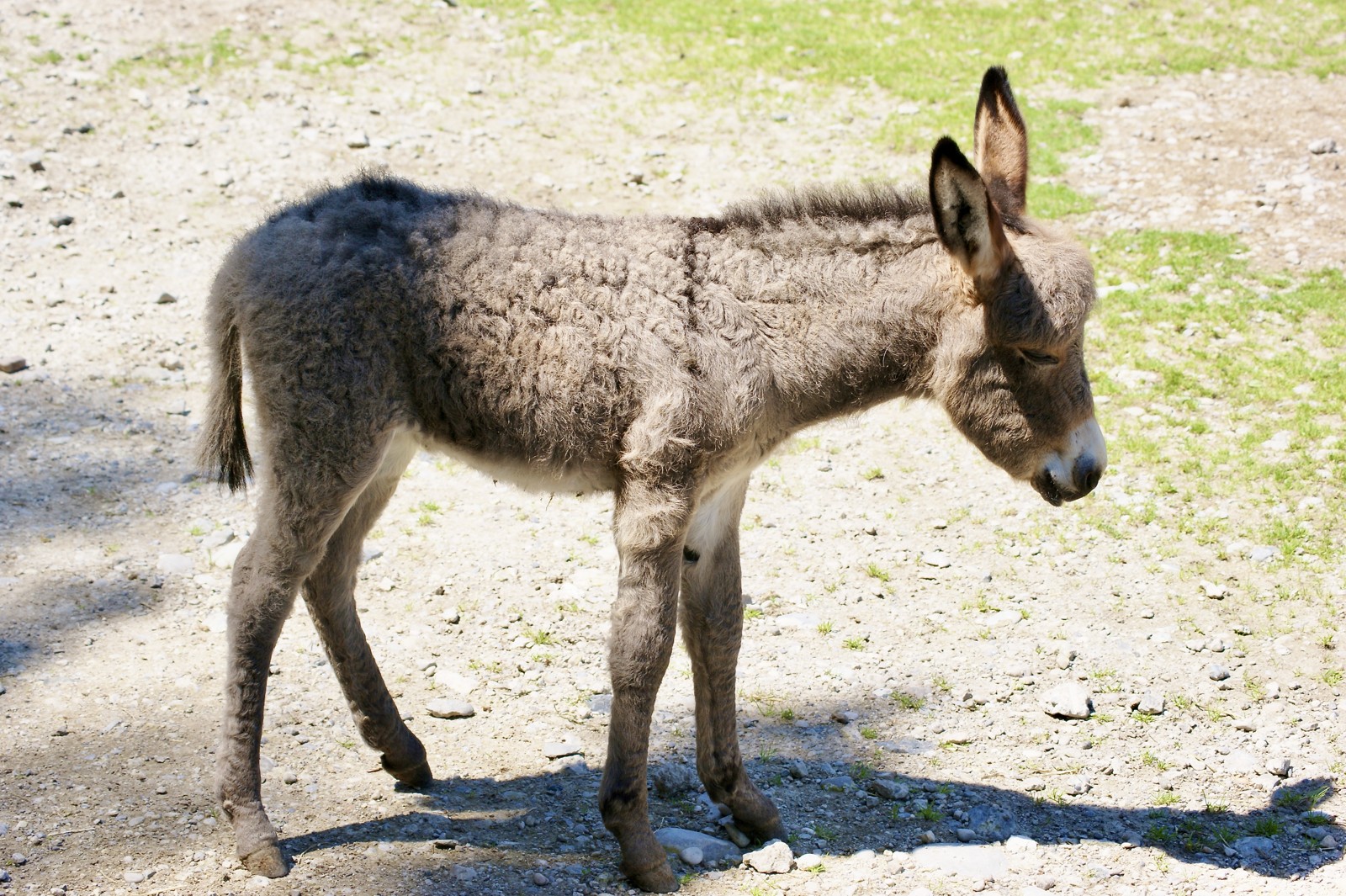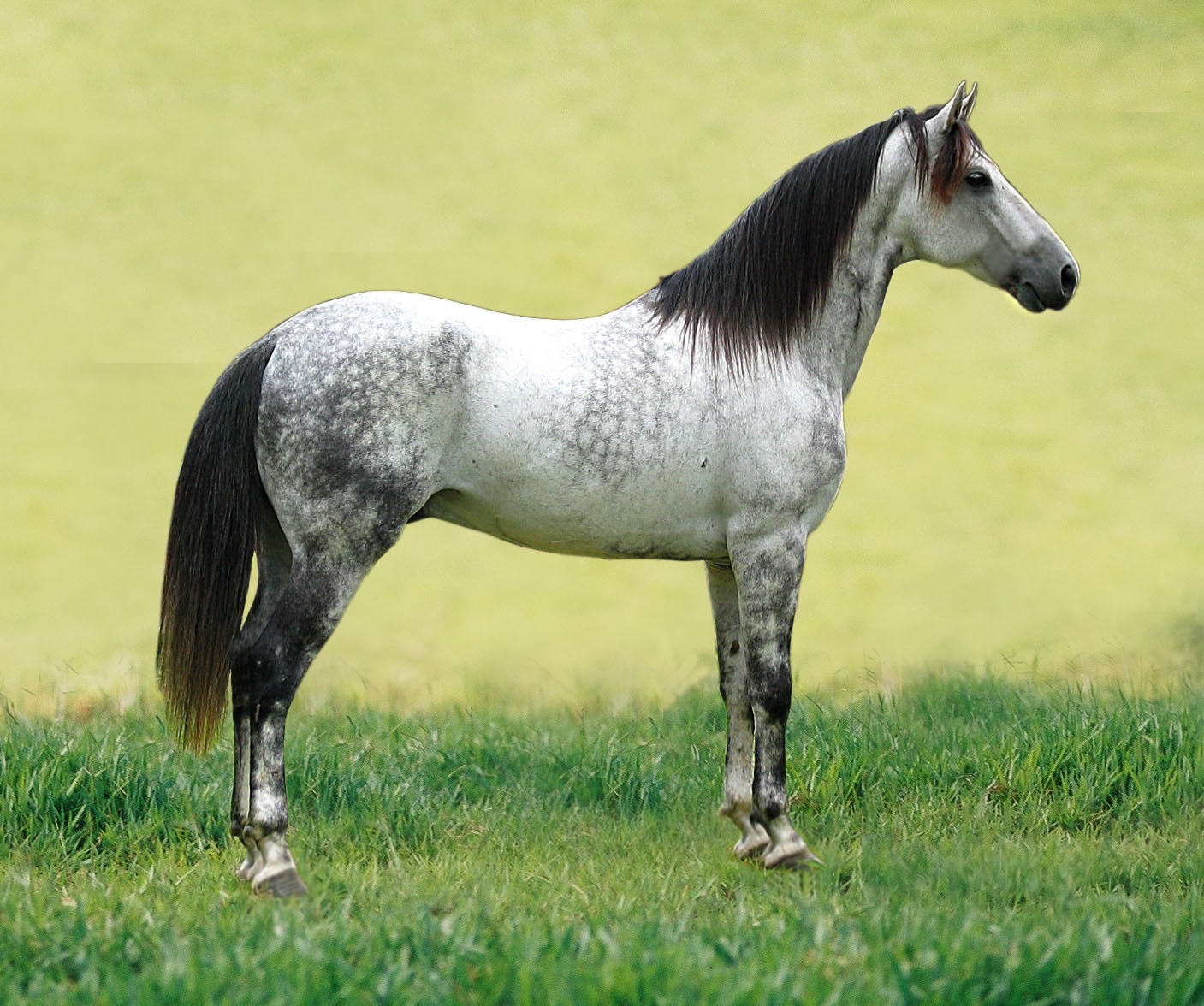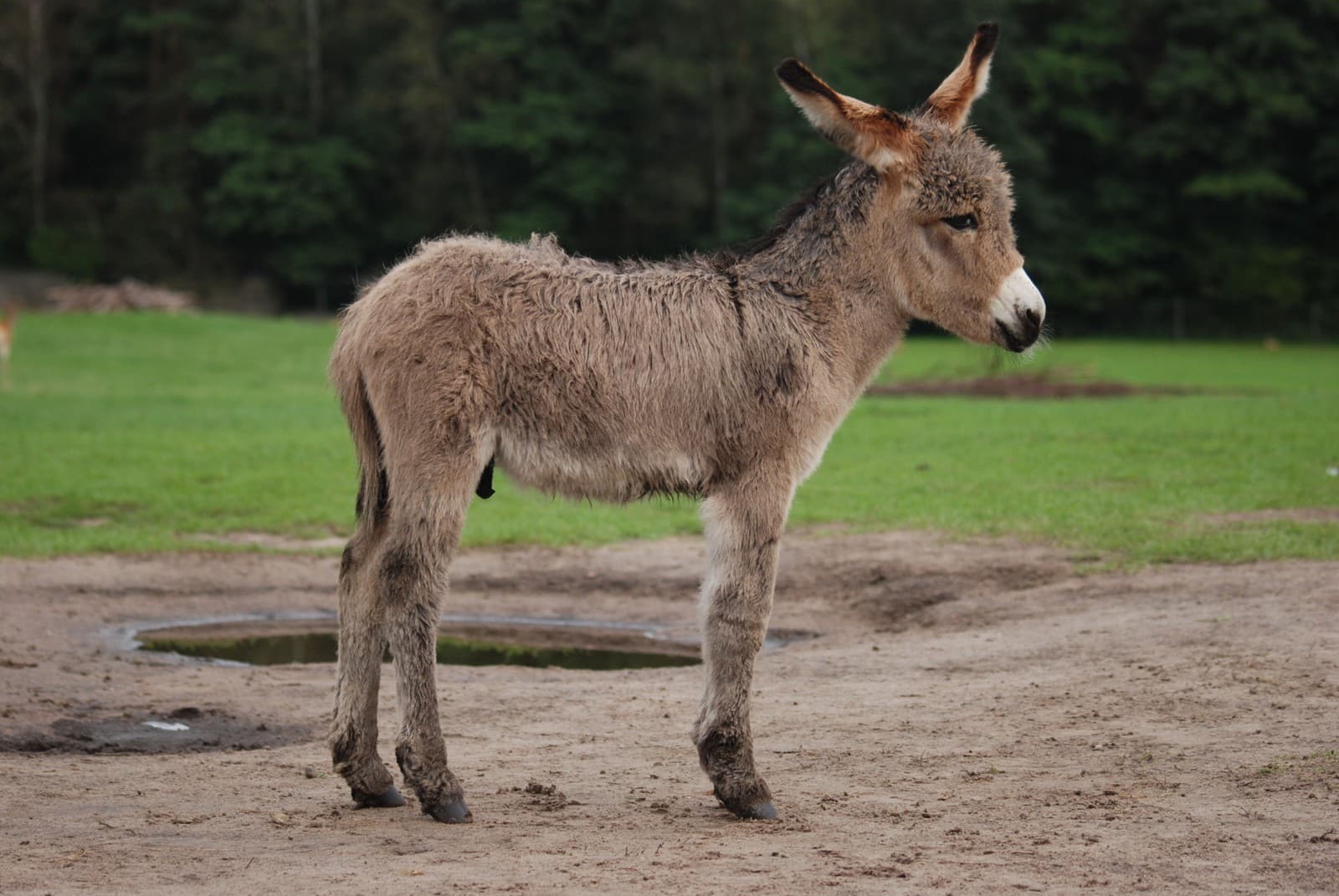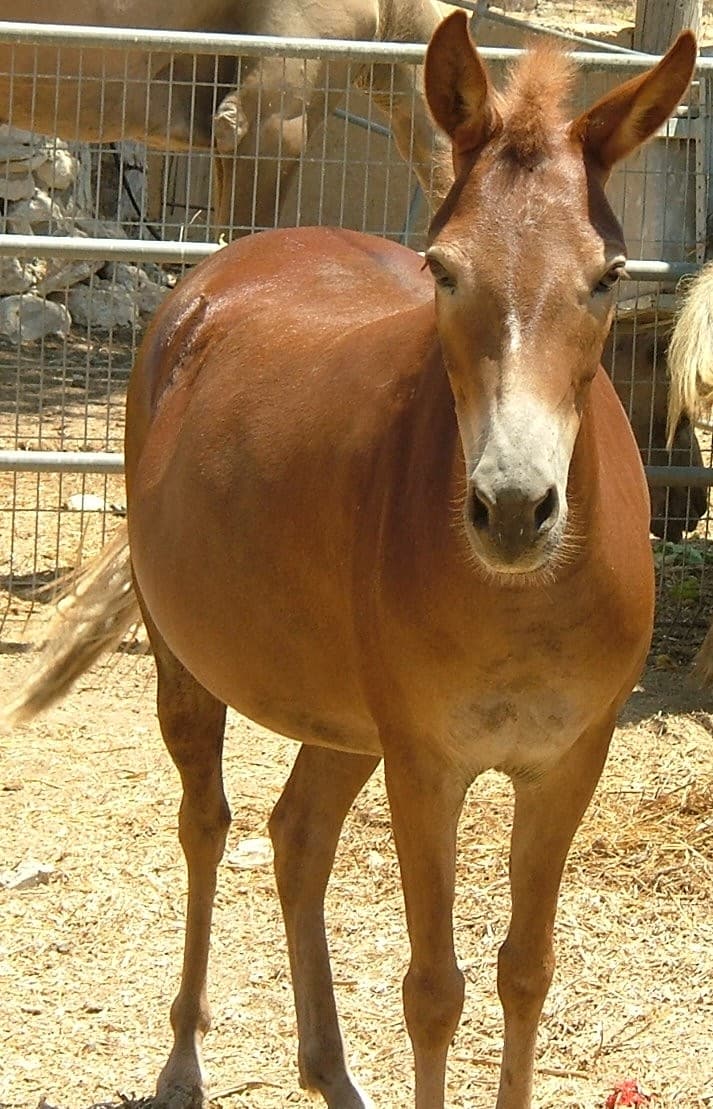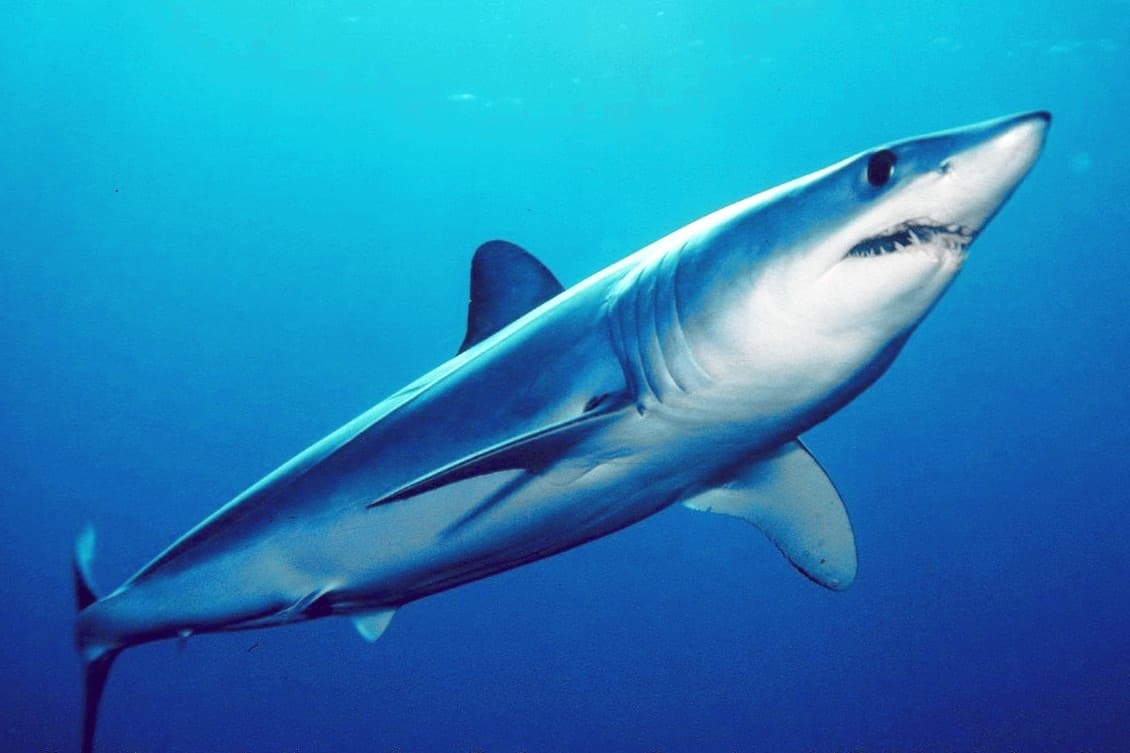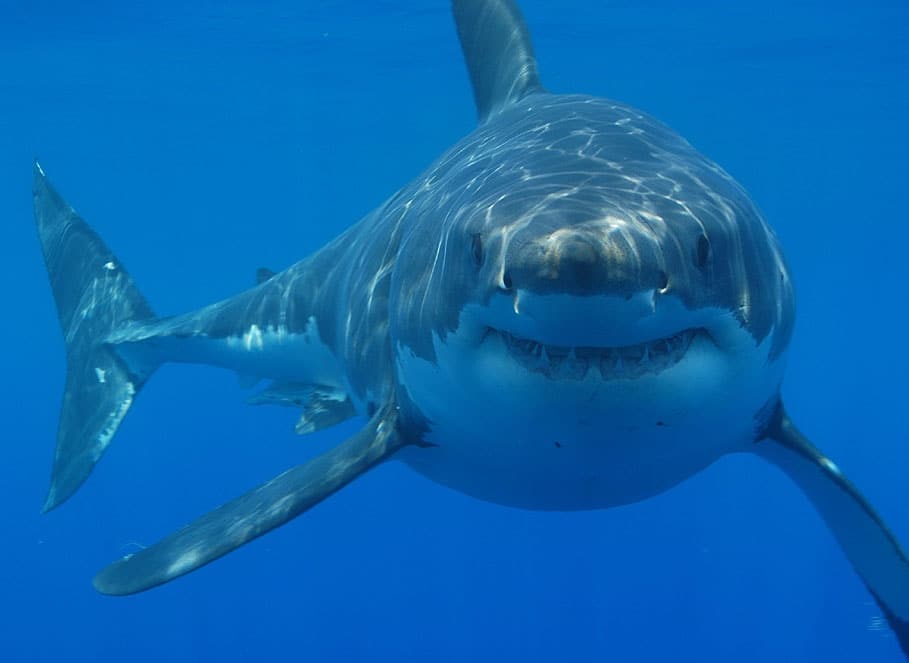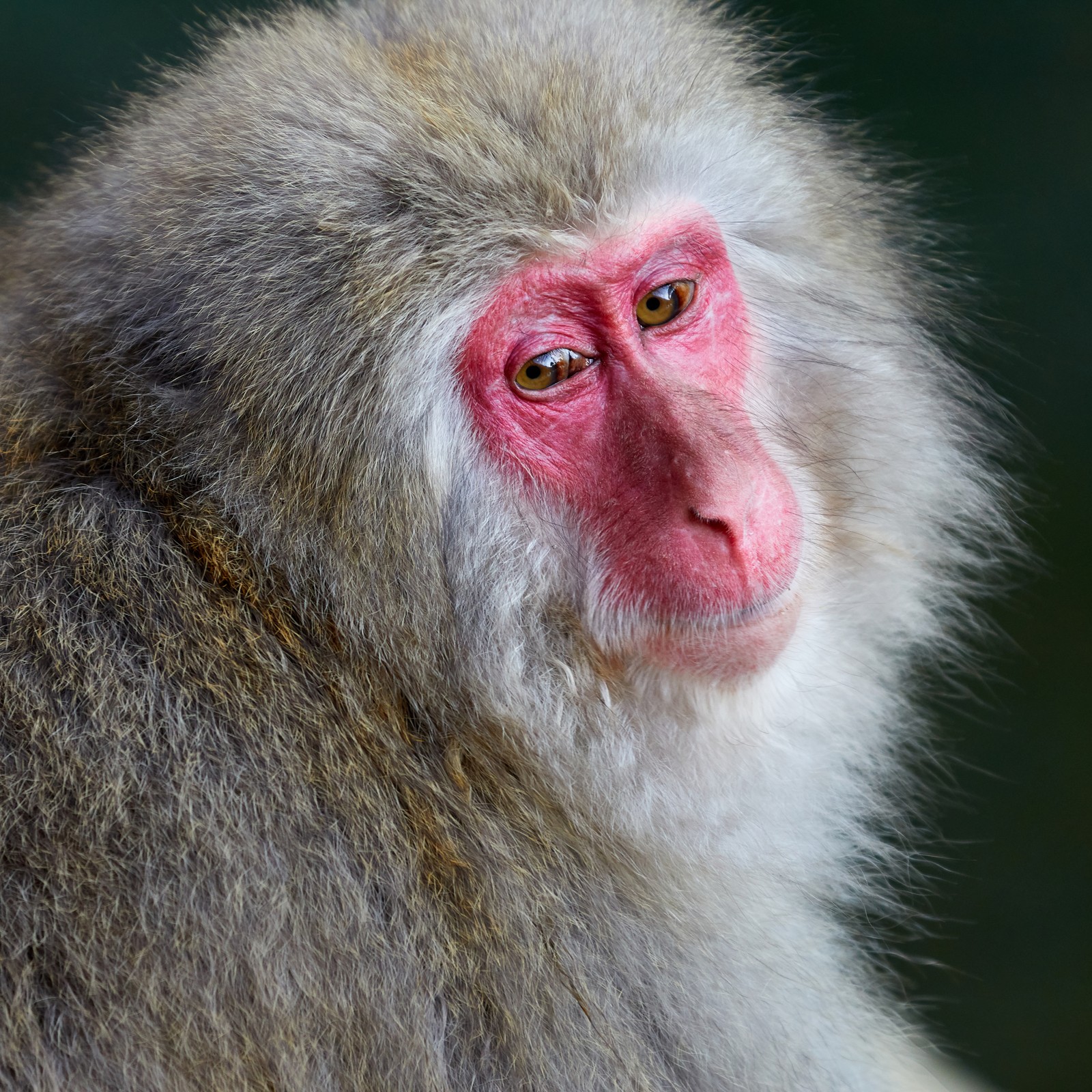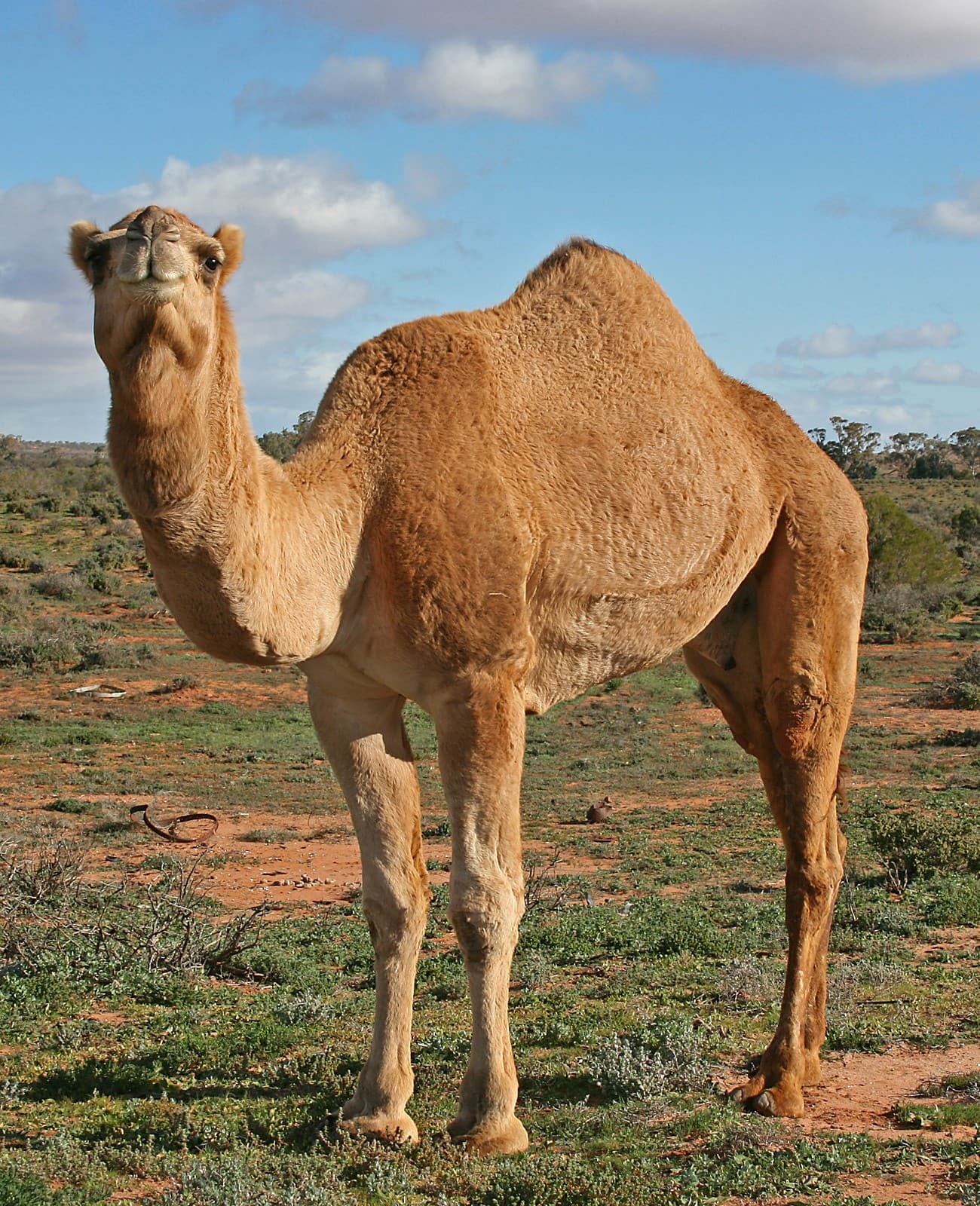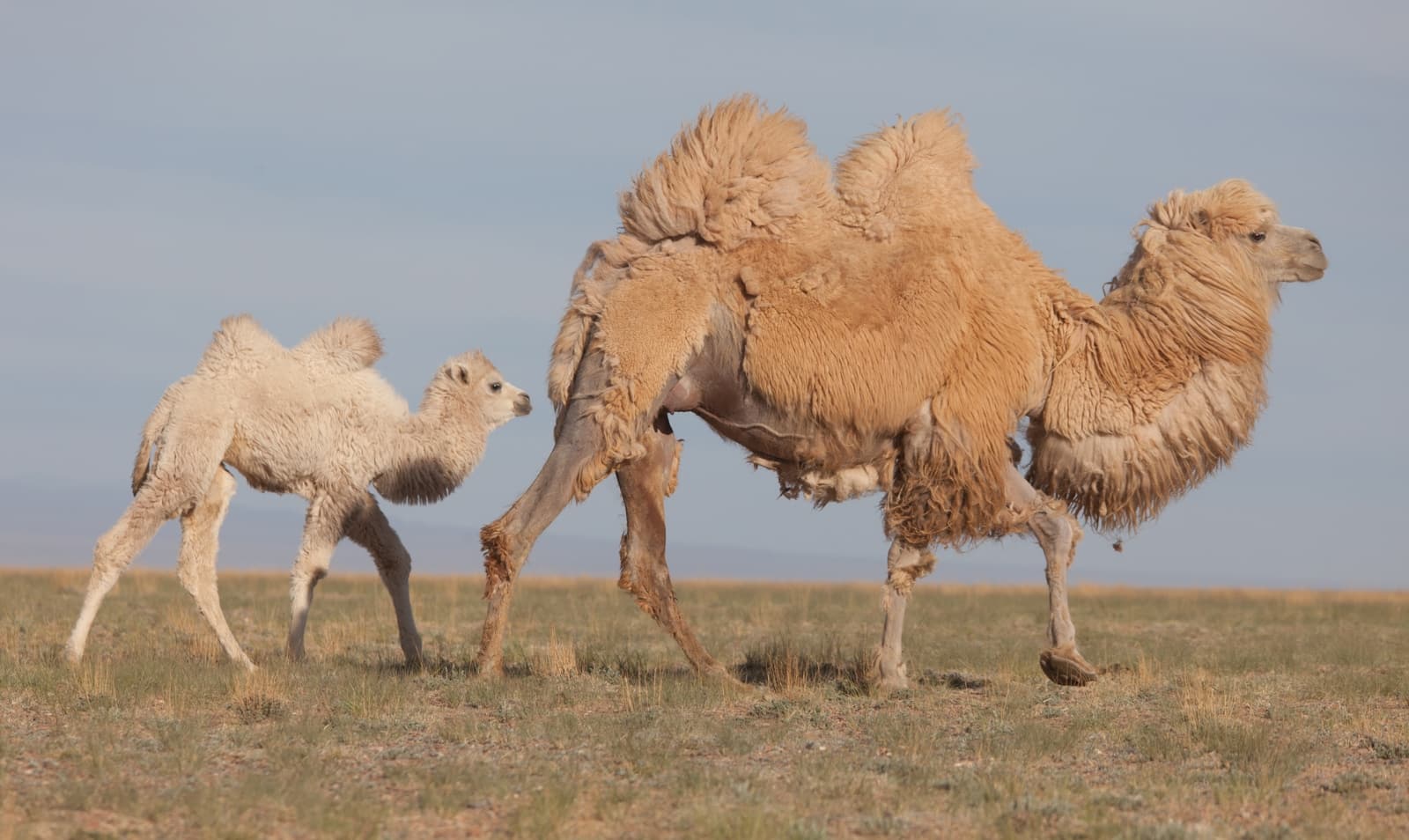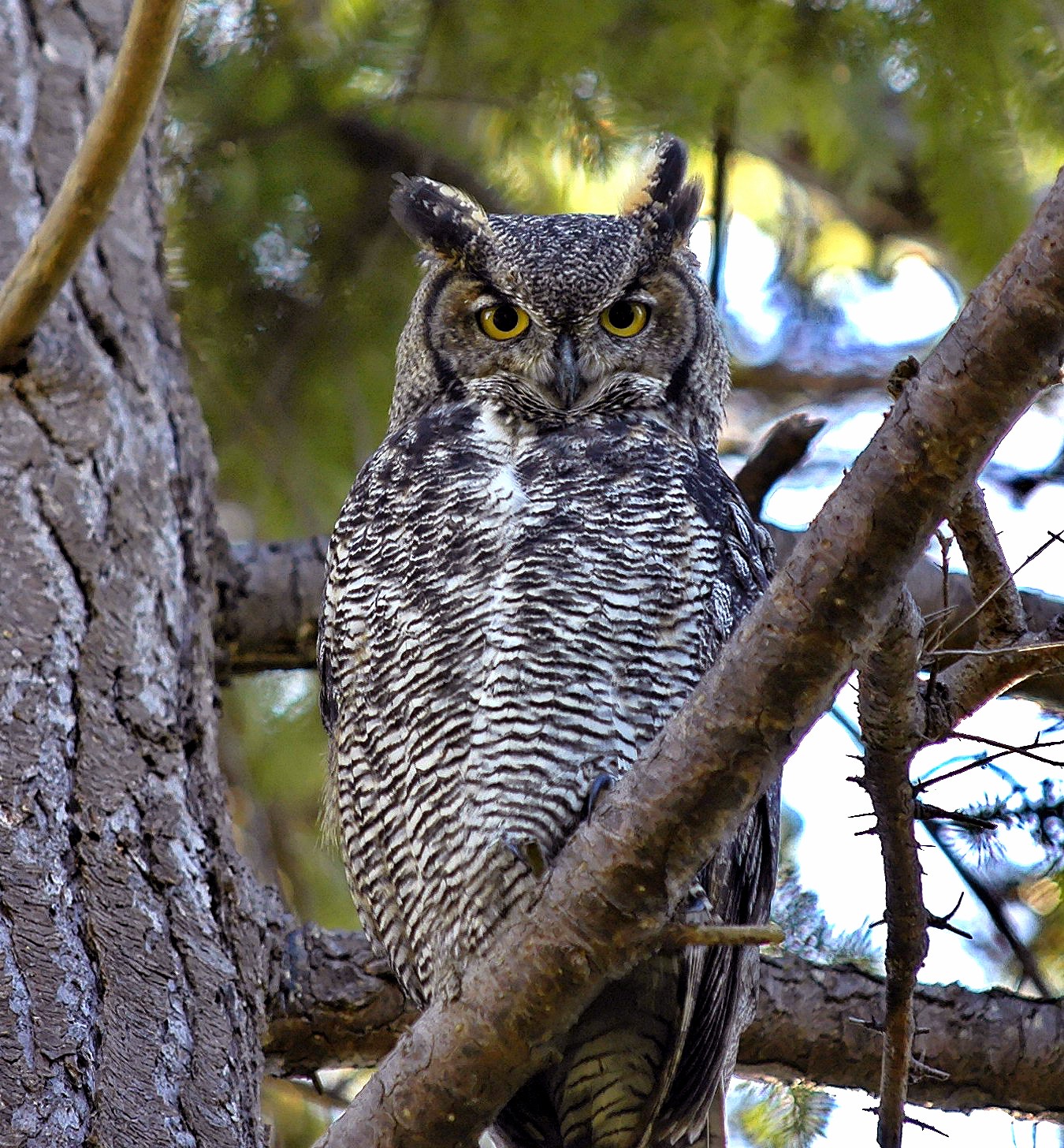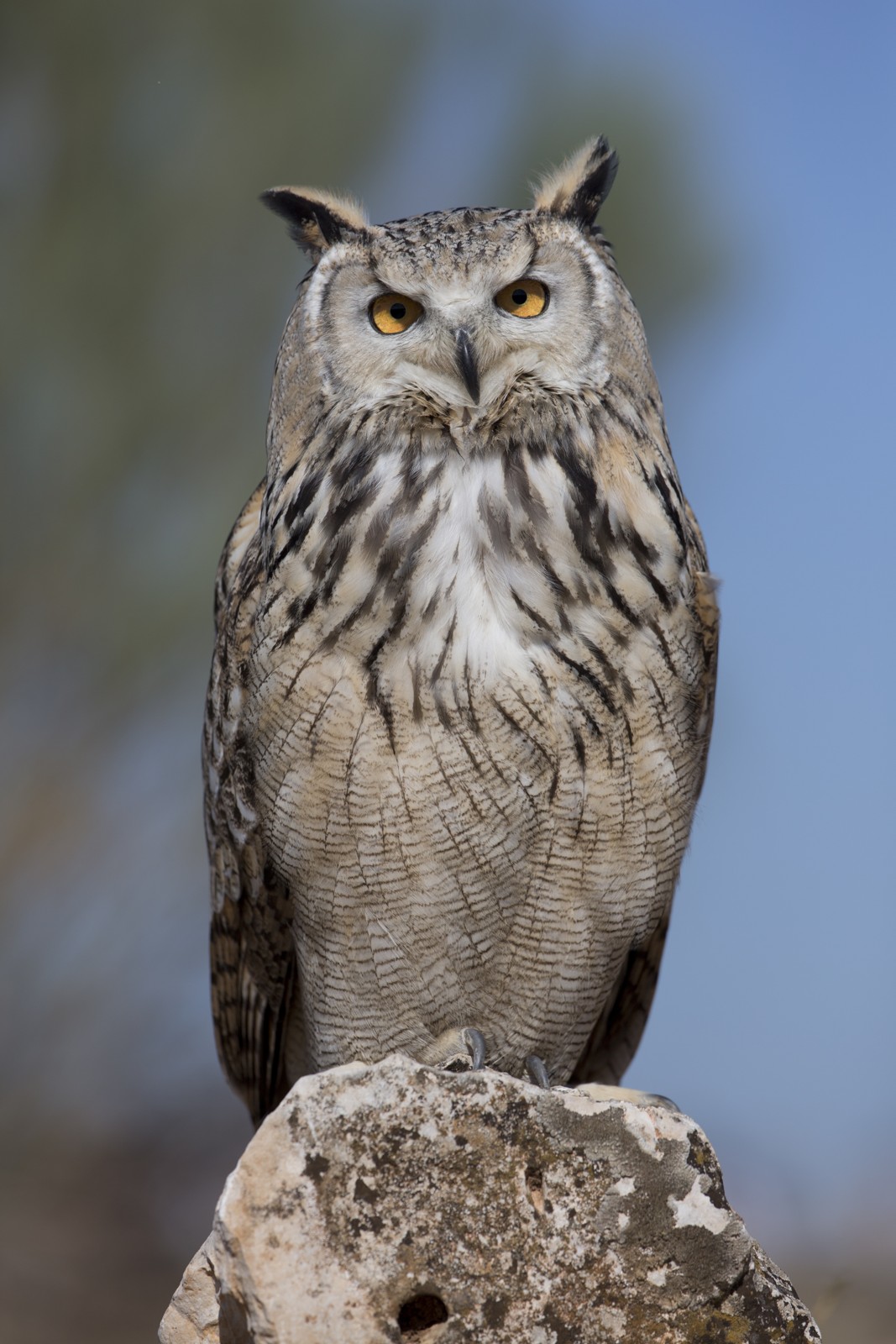Zebra vs Donkey: A Complete Comparison
While zebras and donkeys share a common ancestor in the equine family, these remarkable creatures have evolved distinct characteristics that set them apart. A Plains zebra typically weighs between 440-820 pounds (200-372 kg), while donkeys are generally lighter at 400-500 pounds (180-225 kg). Their most obvious difference lies in their appearance, but deeper distinctions in behavior, habitat preferences, and domestication status reveal fascinating evolutionary divergences.
These equine cousins showcase nature’s adaptability across different environments. Zebras remain largely wild, thriving in African savannas, while donkeys have become essential working animals worldwide, demonstrating remarkable intelligence and sure-footedness in challenging terrain.
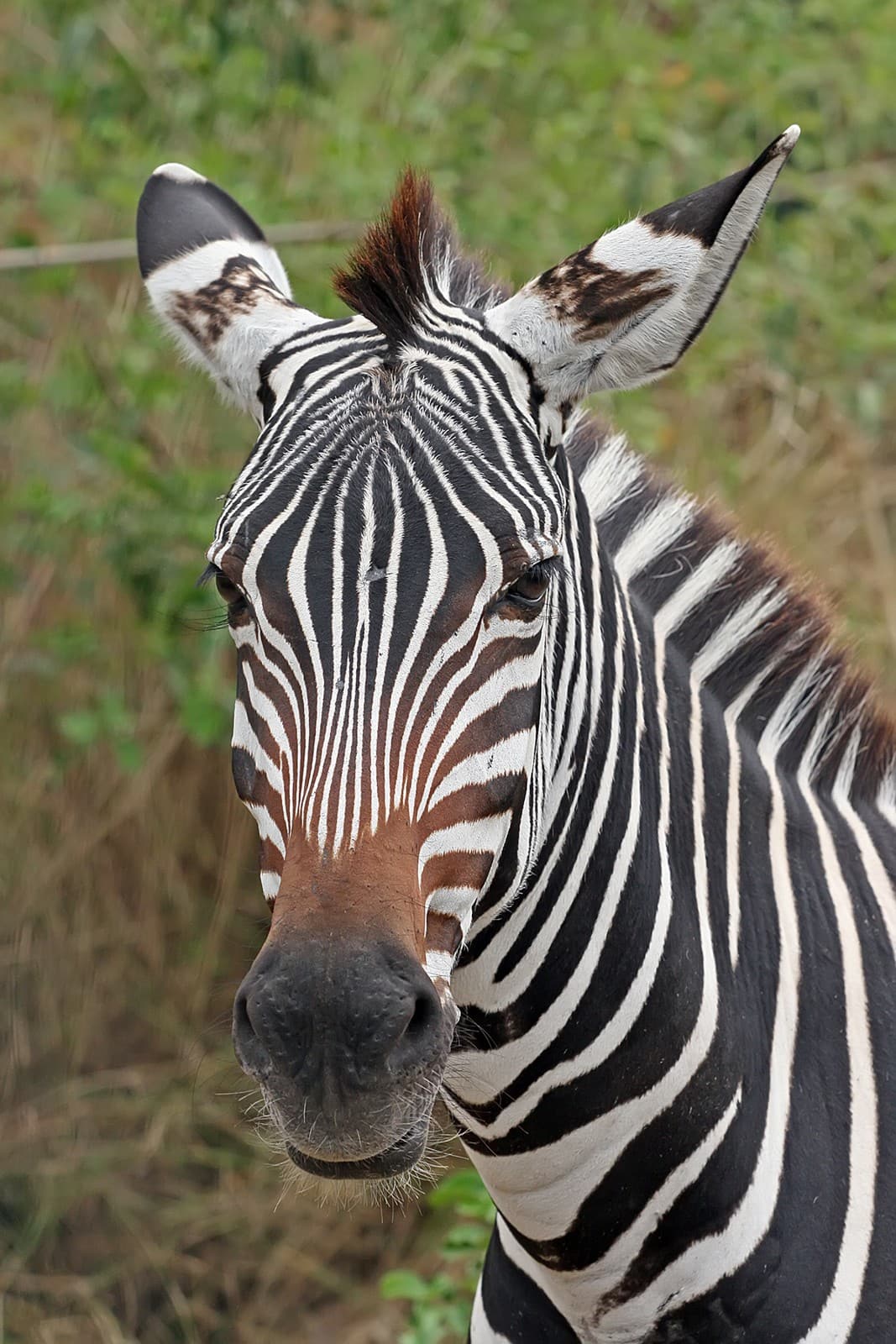
© Muhammad Mahdi Karim / GFDL 1.2
The Plains zebra’s iconic striped pattern serves as a sophisticated defense mechanism against predators and biting insects, with each individual sporting a unique pattern as distinctive as a human fingerprint.
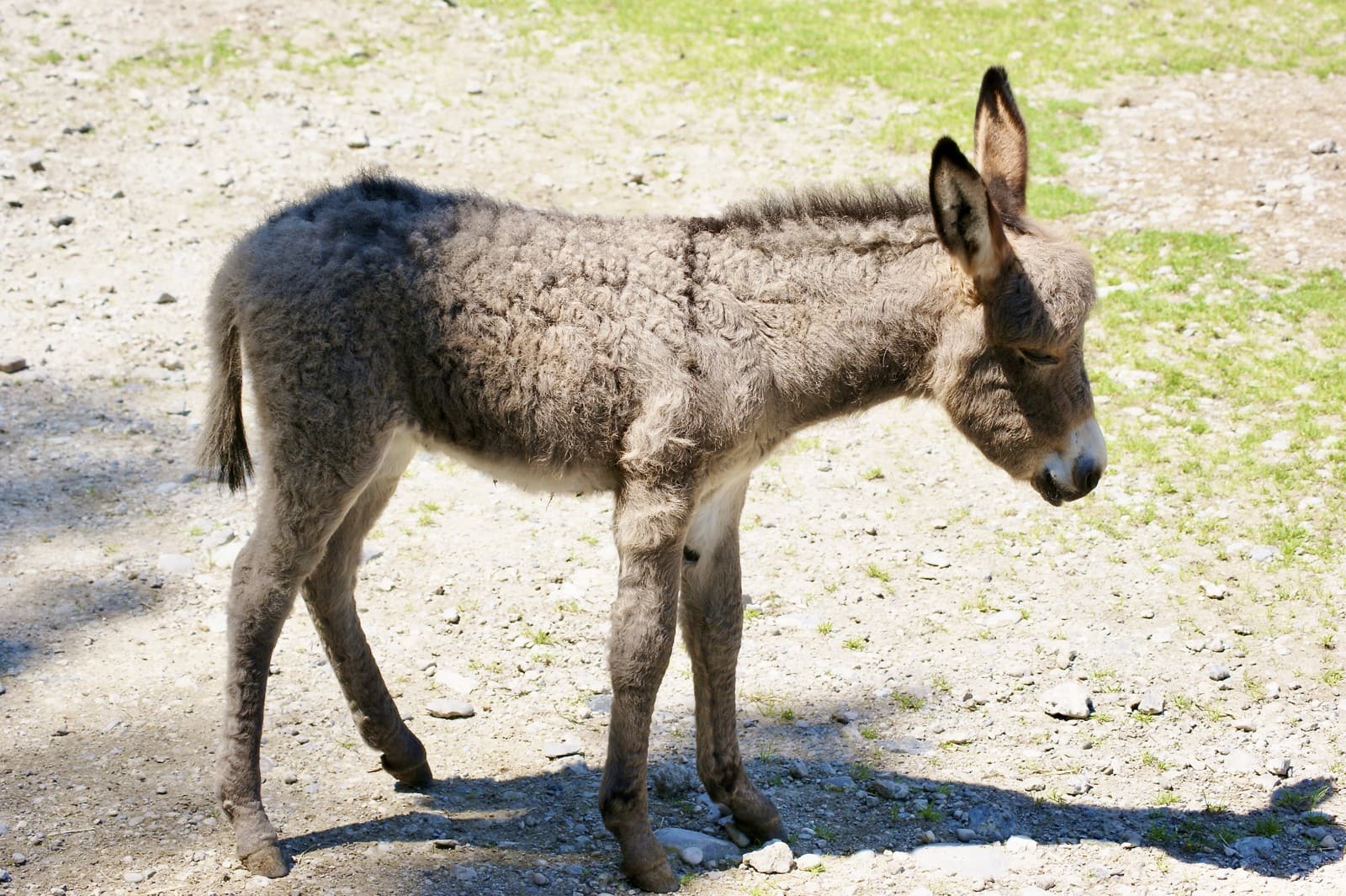
© NasserHalaweh / CC BY-SA 4.0
Donkeys exhibit remarkable adaptability to harsh environments, with their characteristic long ears helping regulate body temperature in extreme conditions.
Key Differences: Zebra vs Donkey
| Feature | Zebra | Donkey |
|---|---|---|
| Size | 440-820 lbs (200-372 kg) | 400-500 lbs (180-225 kg) |
| Habitat | African savannas and grasslands | Worldwide, adaptable to various climates |
| Coat Pattern | Black and white stripes | Solid colors (gray, brown, or black) |
| Domestication | Wild (except in rare cases) | Fully domesticated |
| Lifespan | 20-25 years wild | 25-30 years domestic |
| Social Structure | Complex herds with hierarchies | Can be solitary or group-living |
Behavioral Differences and Intelligence
Zebras maintain complex social structures in the wild, forming harems led by a stallion with multiple mares. Their survival depends on group vigilance and coordinated defense against predators. In contrast, donkeys display remarkable problem-solving abilities and emotional intelligence, forming strong bonds with their handlers and showing excellent memory for places and routines.
Habitat and Adaptation
While zebras thrive in open African grasslands, requiring large territories for grazing and migration, donkeys have adapted to diverse environments worldwide. Their tough hooves and efficient digestive systems allow them to survive in arid regions where other equines might struggle.
Who Would Win in a Confrontation?
In a theoretical confrontation, a zebra would likely prevail due to several advantages:
- Greater weight and muscle mass
- More aggressive natural instincts
- Stronger kick force (estimated at 2,000 pounds of force)
- Regular experience fighting predators
However, such confrontations would never occur naturally, as these species occupy different ecological niches and geographical regions.
Conservation and Modern Status
Zebras face increasing habitat pressure in their native range, with some species like the Grevy’s zebra listed as endangered. Meanwhile, domestic donkeys continue to play crucial roles in agriculture and transportation across developing regions, though feral populations can face challenges in some areas.
Breeding and Hybridization
While zebras and donkeys can produce offspring (known as zedonks or zonkeys), these hybrids are typically sterile and only occur in captivity. This reproductive barrier highlights the significant genetic divergence between these equine species despite their common ancestry.
Practical Considerations
For those interested in equine care, donkeys make excellent companion animals, requiring minimal maintenance compared to horses. They’re intelligent, affectionate, and capable working animals. Zebras, however, remain essentially wild animals, unsuitable for domestication due to their unpredictable nature and strong flight response.
Understanding these differences helps appreciate how evolution has shaped these remarkable equines for their respective roles in nature and human society.
